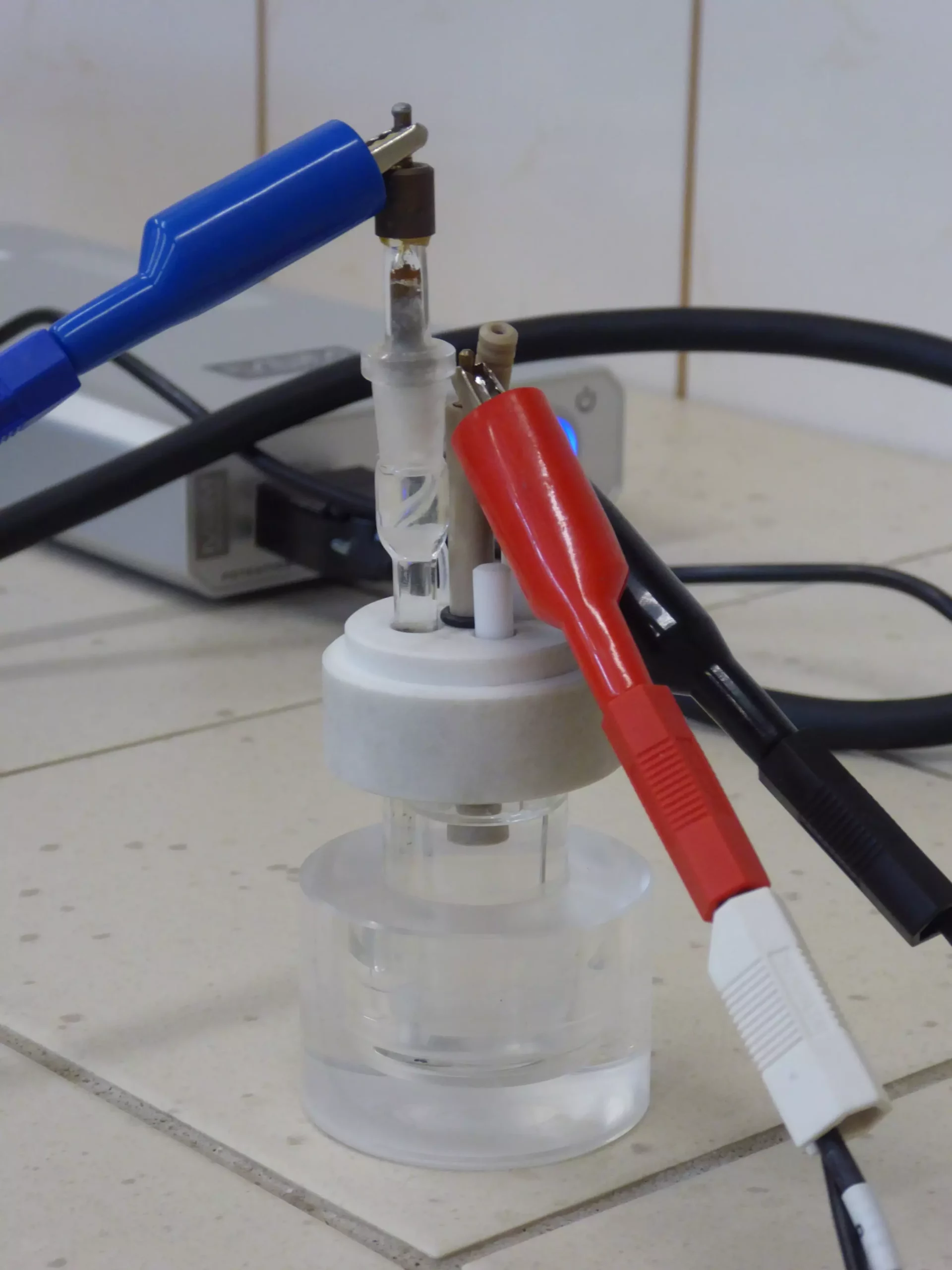The rapid growth of the electric vehicle market and the increasing reliance on portable electronics have led to a significant surge in the use of lithium-ion batteries (LIBs) over the past few years. In fact, the global consumption of these batteries has reportedly doubled within just four years. While this advancement supports a shift towards greener technologies, it also results in a pressing environmental crisis: the generation of substantial battery waste, which contains hazardous materials. The urgent need for sustainable recycling solutions has never been more critical as society grapples with the ecological impact of these batteries once they reach the end of their life cycle.
Innovation from Polish Researchers
In a promising development, researchers from various Polish institutions have focused their studies on extracting value from spent lithium-ion batteries. Their findings, detailed in the journal *ChemElectroChem*, showcase a pioneering method that involves the acidic leaching of electrode materials to recover valuable metals and carbon materials. Significantly, the research focuses not only on recycling but also on repurposing these materials for green chemistry applications.
The project aims to transform battery waste into viable catalysts for producing hydrogen peroxide (H₂O₂), a molecule critical in numerous industrial processes. As Dr. Eng. Magdalena Warczak, the project lead, explains, traditional methods of hydrogen peroxide production are often energy-intensive, requiring high pressures, elevated temperatures, and hazardous catalysts. By utilizing the waste from lithium-ion batteries, the research team proposes a more eco-friendly electrochemical approach, which could revolutionize the production of this essential compound.
Electrochemical Properties of Recovered Materials
One of the most striking outcomes of this research is the catalytic capability of the materials retrieved from spent lithium-ion batteries. Through experimental analysis, the team discovered that these recycled materials exhibit unique properties in facilitating the oxygen reduction reaction (ORR). This reaction is crucial because it determines whether oxygen can be converted into water using four electrons or into hydrogen peroxide through a two-electron process.
Dr. Warczak notes the significance of these findings, indicating that every sample tested successfully facilitated the two-electron reduction of oxygen to produce hydrogen peroxide. This is a pivotal aspect for potential industrial applications, as it demonstrates the efficacy of recycled materials in a critical chemical process.
A noteworthy observation from the research is the influence of the material composition and etching conditions on the catalytic activity of the recovered materials. Different etching solutions used in the recycling process led to varied structural properties of the carbon material, impacting its effectiveness as a catalyst. This nuanced understanding underscores the importance of tailoring recycling approaches to optimize the performance of the resultant materials and advance their applicability in catalytic processes.
In further tests, researchers rinsed the samples in a biphasic system, where battery powder suspended in two immiscible liquids demonstrated significant catalytic activity. The results highlighted a massive increase in the concentration of hydrogen peroxide when battery waste was utilized, reinforcing the potential for large-scale applications in catalysis.
Broader Applications of Hydrogen Peroxide
Hydrogen peroxide is not merely a household disinfectant; it plays a diverse role across various industrial sectors. From serving as a bleaching agent in the textiles industry to functioning as an oxidizer in fuel applications, H₂O₂ is a versatile chemical with vast potential. The implications of effectively producing hydrogen peroxide from recycled lithium-ion battery materials extend beyond environmental sustainability; they promise to create more cost-effective and eco-friendly solutions in the chemical manufacturing arena.
Historically, hydrogen peroxide has been associated with rocket propulsion due to its properties as an environmentally friendly fuel at high concentrations. The recent usage of hydrogen peroxide as a propellant in suborbital rocket flights exemplifies the resurgence of interest in this compound, thus emphasizing the relevance of ongoing research in this area.
Looking ahead, the research team is committed to enhancing the efficiency of their electrochemical processes to align with industrial needs. There is also considerable interest in exploring additional applications, such as the four-electron reduction of oxygen for fuel cells, potentially paving the way for advances in clean energy technologies.
The collaborative efforts of esteemed Polish institutions signal a pivotal move towards integrating battery recycling with sustainable chemical production. Through continued innovation, researchers aim to establish a circular economy for lithium-ion batteries that not only addresses waste management but also fosters a new paradigm in green chemistry. As we move forward, the implications of this research could very well redefine both the battery recycling landscape and industrial chemical production methodologies.

